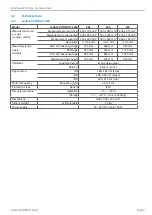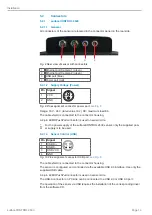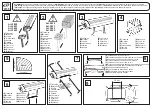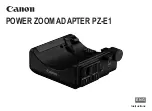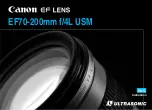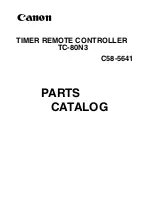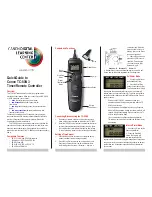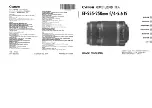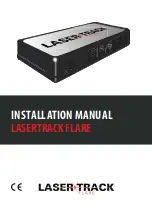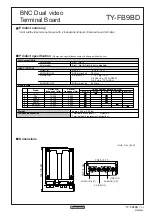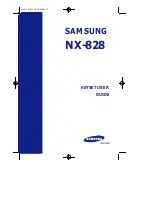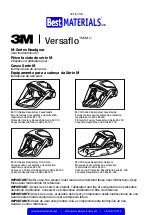
Page 8
Functional Principle, Technical Data
surfaceCONTROL 2500
3.
Functional Principle, Technical Data
3.1
Short Description
3.1.1
Measuring Principle
The surfaceCONTROL 2500 sensor operates according to the optical triangulation principle (fringe projection):
-
Using a matrix projector, a sequence of patterns is projected onto the test object surface.
-
The light of the patterns diffusely reflected by the test object surface is recorded by two cameras.
-
The three-dimensional surface of the test object is then calculated from the recorded image sequence and the
arrangement of the two cameras to each other.
3.1.2
System Design
The surfaceCONTROL 2500 is a sensor for non-contact and non-destructive optical and three-dimensional measure-
ment of diffuse reflective surfaces.
The surfaceCONTROL 2500 sensor can only be operated in conjunction with a system computer with appropriate
software for the configuration of the sensor, the data transfer as well as the data calculation and evaluation.
An inspection system for the optical surface inspection comprises at least
-
a surfaceCONTROL 2500 sensor or surfaceCONTROL 2500/ST
-
a system computer with preinstalled software
which are connected via
-
a cable harness.
-
several fiber optic cables (3x2), only applies for the 2500/ST model.
The surfaceCONTROL 2500 sensor consists of two cameras, a projector and a temperature-stable housing. The con-
nectors for the data communication between camera, projector and system computer are on a common connector
panel on the rear side of the sensor.
Fig. 2 surfaceCONTROL 2500 sensor
Fig. 3 surfaceCONTROL 2500/ST sensor
3.1.3
Particular Performance Characteristics
-
The sensors of the surfaceCONTROL 2500 product family cover measuring fields of different sizes for a wide range
of applications and are characterized by a particularly large depth measuring range (Z-axis).
-
surfaceCONTROL 2500 is characterized by a high image recording speed and high measurement accuracy.
-
surfaceCONTROL 2500 has a compact, light and functional housing.
-
The base support of the cameras is made of CFK which makes the sensor particularly temperature-stable.
3.1.4
Other Advantages
-
Use of USB2.0 and Gigabit Ethernet as fast standard connections to the PC for the control of the sensor and the
transmission of the image data.
-
Use of USB2.0 and Gigabit Ethernet (via fiber optic technology) as fast and robust standard connections to the PC
for the control of the sensor and the transmission of the image data (model 2500/ST).









